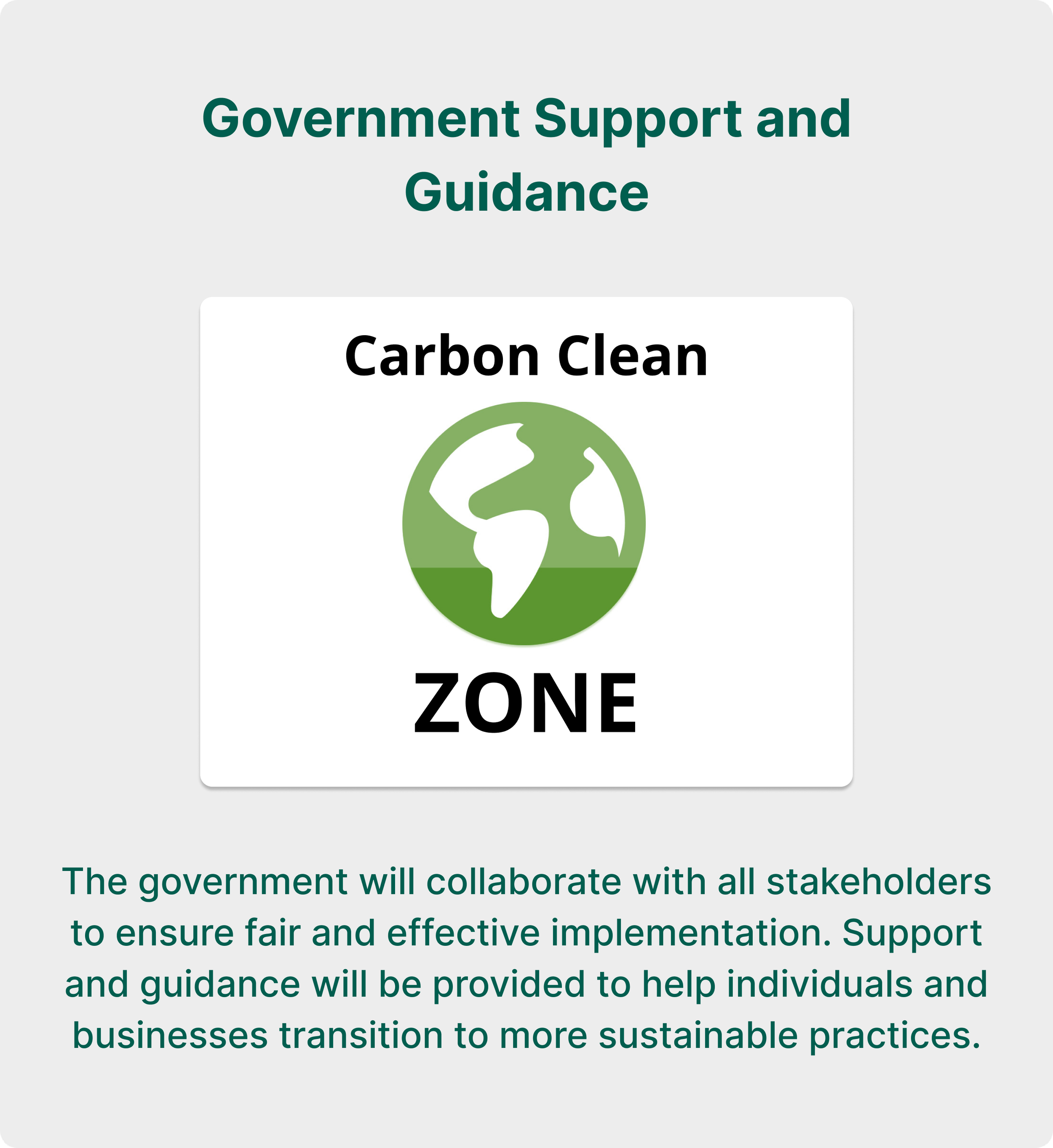
Design Futures with Government Digital Services
Year: 2023
Role: Service Design Researcher
Client: GDS (Government Digital Services), part of the Department for Science, Innovation & Technology of Gov.UK
Brief: The project aimed to develop skills in Design Futures, Speculative Design, and Futures Visioning for GDS employees. This initiative was to help them adopt an anticipatory design approach for GOV.UK content and formats. By prototyping provocative future visions and testing them with London residents, the goal was to engage in meaningful conversations about the future.
Used Methodologies and Tools:
➔ Horizon Scanning
➔ Diegetic discovery & Artefact creation
➔ Design futuring
➔ Rapid prototyping & Testing & Iteration
➔ Tobias Revell’s Menagerie of Postnormal Potentialities
➔ World and Scenario building
➔ Future making
This project was conducted as part of the Design Futures unit in the MA Service Design Program at the University of the Arts London. The process included signal and trend scanning, world-building practices, secondary source collection, and primary research through tests, prototyping, and iterations.
The project serves as an example of prototype-based research and the understanding of design futures. By envisioning and testing these future scenarios, the project hopes to inspire innovative approaches to policymaking and public engagement.

“The point of speculative practice is not about making predictions or even defining preferable futures but in mapping out the space of possibility so that we can think critically about the choices we make today.”
— Tobias Revell
Hypothetical Scenario Created for a Consulting Project for GOV.UK at London College of Communication, UAL.
Future Making: The Final Concept
What if the Government Imposed a Carbon Usage Limit on Tech Devices?
The Year 2033: A New Regulation for Sustainable Tech
Imagine a future where the government enacts a groundbreaking regulation to reduce CO2 emissions from personal tech devices. This visionary law, set in 2033, aims to foster sustainable development and mitigate the environmental impact of our digital lives.
Key Aspects of the Regulation:

Research & Methodology
Step 1: Initial Research
Finding Future: Horizon Scanning & Diegetic Discovery
To deepen our understanding of trends and possible futures, we employed two primary research methods. First, we conducted horizon scanning, which involved analyzing news, advertisements, and future strategies of global companies. This was followed by diegetic discovery, a process that focused on artefact-based world-building by exploring innovations from global tech companies and future-facing product designs.
Guided by Tobias Revell’s Menagerie of Postnormal Potentialities, we developed a set of "what-if" questions that served as the foundation for further research and testing areas. This approach allowed us to categorize potential scenarios and probe into various speculative futures.
Menagerie of Postnormal Potentialities
(Sardar & Sweeney, 2021)
What-If Questions List:
What if using digital devices became completely unfashionable?
What if physical devices were no longer necessary?
What if you earned points or credits for being eco-friendly?
What if digital interactions no longer caused a carbon footprint?
What if digital devices were shared rather than owned individually?
What if screen interactions were communal instead of personal?
What if the government imposed a carbon usage limit on tech devices?
Step 2: Design Futures
Analyzing Future: Rapid Prototyping
To uncover the listed “what if”’s and alternative futures, we adopted the Design Futures methodology, providing us with a systematic and holistic understanding of various potential futures. This method enabled us to communicate probable alternatives by materializing scenarios through artefacts and prompts. These tools allowed citizens to imagine and provoke alternative thinking and questions about future worlds, reflecting current issues.
Our prototyping process included five rapid prototype testings with various demographic groups and four iterations, ensuring diverse perspectives and refining our approach to envisioning these futures.
Presentation 1 - Through horizon scanning, we crafted four different future scenarios, which were presented to GDS. These scenarios were categorized using the PPPP (Probable / Plausible / Possible / Preferable) framework to determine their relevance and impact on the future for London citizens.

Insight 1 - London users are open to initiatives like low carbon mode on personal devices. They welcome better the low-quality than functional limitations.

Insight 2 - Employees at the Samsung Experience Hall indicated that personal device touchpoints can be extended to apps and third-party digital platforms as well.

Presentation 2 - Concept Eco-system presentation assets at GDS.
Step 3: Ecosystem and Worldbuilding
Design Futures methodologies enable us to move beyond fiction and speculative design, uncovering systematic and research-based design systems. The ecosystem and worldbuilding artefacts presented below strengthen users' ability to imagine alternative futures by establishing connections with present conditions by making the concepts more tangible and relatable.
Inspiration and Source
These sources inspired and informed me on worldbuilding and diegetic research. Those books help me to expand my vision and rediscover alternative futures.







